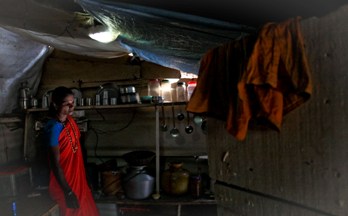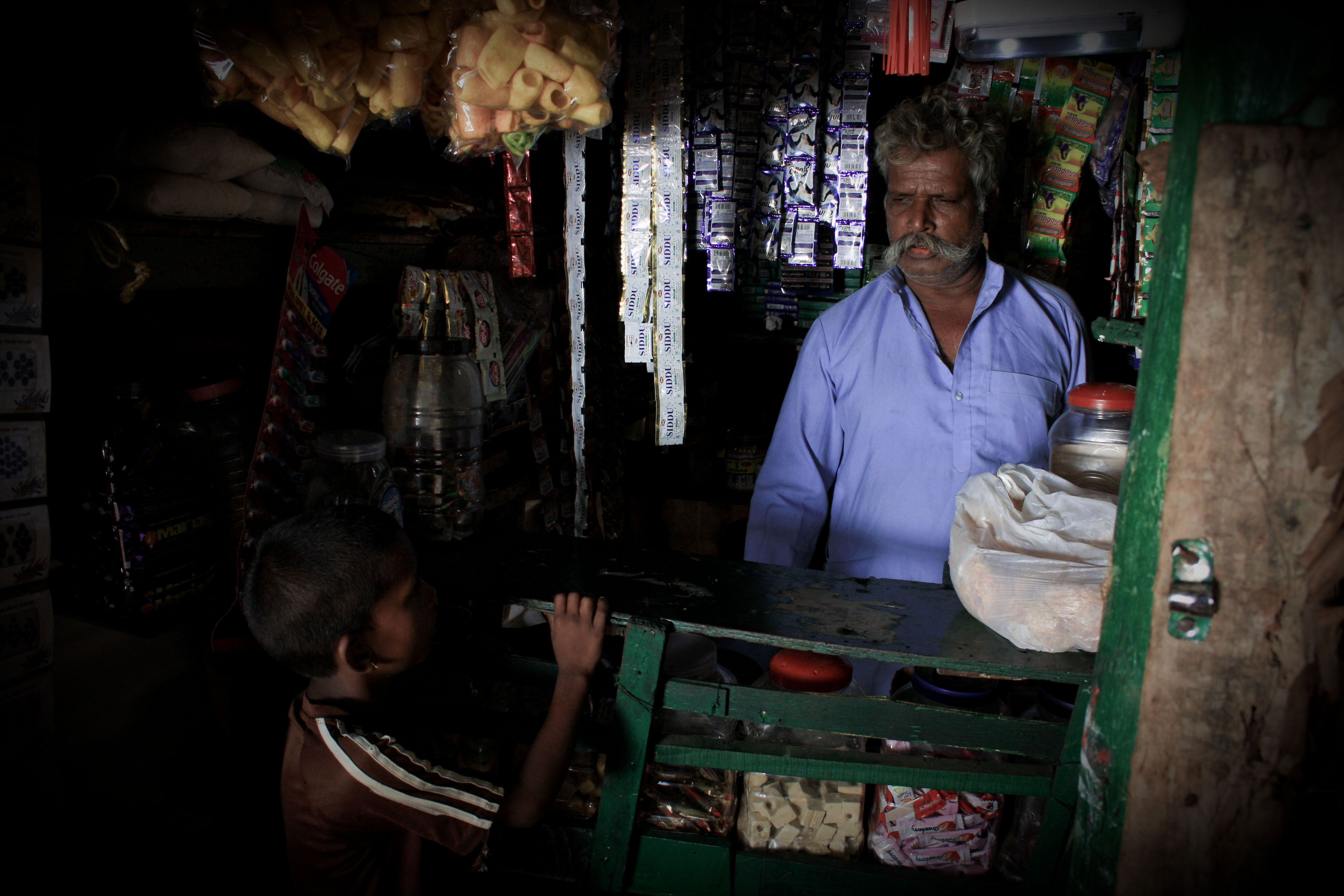DATABASE
Financial Inclusion through Energy Solutions
ongoing
Country
India
Budget
0 - 500.000 $
Year
2012
Issue
Solutions
Link
www.selco-india.com
Abstract
The case highlights the need of finance and the many a time the risk averseness of financial institutions to finance very poor clients. 80 households perceived as high risk were brought into the formal banking system using a risk guarantee mechanism (that enabled the local FI to finance the poor) and flexible collection model based on cash flows.
Project Description
The settlement has makeshift houses despite their presence for over 30 years with very poor access to basic amenities like toilets, electricity, drinking water etc. In order to meet their lighting needs they use 5-6litres per month at blackmarket exorbitant rates. The search for a financing partner was very difficult with the SELCO branch staff having approached nearly 15 financial institutions. Each refused to participate based on requirement of land documents, collaterals, perceived high risk of the community, transaction costs for a small loan size and so on. Finally one financial partner looked promising-The founders of Hamsa Cooperative Society were known to SELCO senior manager handling financial relationships and he brought forward the idea of approaching them. The flexibility of the cooperative bank enabled it to design a loan product that was tailored to the cash flows of the end user and was not constrained by the usual documentation requirements of other financial institutions like nationalized banks or regional rural banks such as land entitlements. Key Objectives: -Facilitating end user financing to a previously unbanked urban slum settlement to afford reliable energy solutions Key Activities: -Conductive needs assessment of local community -Interactions with over 15 banks -Convincing promising financial institutions of the feasibility of the project and repayment capacity of end user -Installation and after sales service of system
BENEFICIARIES
An urban slum community of 400 families living in South Karnataka. Migrated from North Karnataka and employed in informal sector as daily laborers, running small petty shops or working as contractors (employ 10-25 people) for small construction. On average they earn Rs.200-500 per day.
Results
-Installed solar home lighting solutions for 80 families -Financial inclusion of unbanked customers into a formal financial system -Partnership with 1 local financial institution who had previously never gave an energy loan -Deeper impact as the same customers have gone on to access financing for other purposes like purchase of a local shop, transport. -in the process created a local entrepreneur who runs an energy service centre lending portable lights to the community on a daily rental basis.
Business Model
In order to further boost the confidence of the banker, SELCO placed a risk guarantee in the bank to unlock financing for the first 10 customers. This was gradually reduced based on the monthly repayments of the end user. Ultimately for the next 10 customers the financial partner did not require any risk guarantee. SELCO is responsible for needs assessment, installation and after sales service. Financial partner is responsible for credit checks of customers, lending and collections.
Lessons Learnt
• Long gestation period to convince the customer • A similar project faced difficulties because the financial partner was not committed to collections despite the community’s promptness in payment
Key Feature
• Flexibility of the banker to customize financing (collection based on cash flow). The bank timed collection of payment from the customer on the day they receive their pay thereby ensuring less chances of default. This was also appreciated by the community who wanted to pay when they had money on hand. • Collection agent (pygmy) was hired by bank to go to community for payment rather than have people come to the bank every week. The banker understood this was not a convenient practice for them. • A guarantee fund that was reduced in installments against the outstanding amount for the first few customers as a mechanism to reassure the bankers of community’s ability to pay regularly • Other than a guarantee for the first 4 customers there was no further subsidy component used and Hamsa Cooperative Society went on to finance over 76 customers without any such risk management mechanism • Availability of flexible funding with SELCO to put down a risk guarantee fund • A champion bank manager who was willing to take the risk and a good interpersonal relationship subsequently developed by SELCO staff
Main Donor
REEEP
(NGOs)
Implementing Actor
SELCO Pvt. Ltd. (Private sector)


